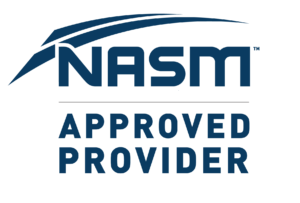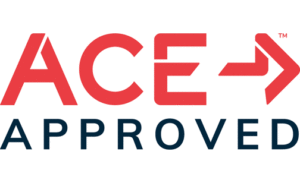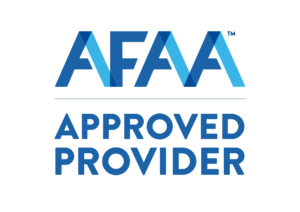Programming Course
A Simple Guide to Program Design
Do you struggle to plan out big-picture personal training programs for your clients? Do you find it difficult to balance creating customized programs for each of your clients while also being efficient with your time?
Now you can improve the effectiveness of your training programs AND the efficiency of your process.
In this short (but powerful) course, you’ll learn a simple step-by-step guide to creating cohesive training programs that enables your clients to consistently progress, stay motivated, and achieve their goals.
This course is currently being updated and will be available in Spring 2024
Already purchased the course? Login Here.


